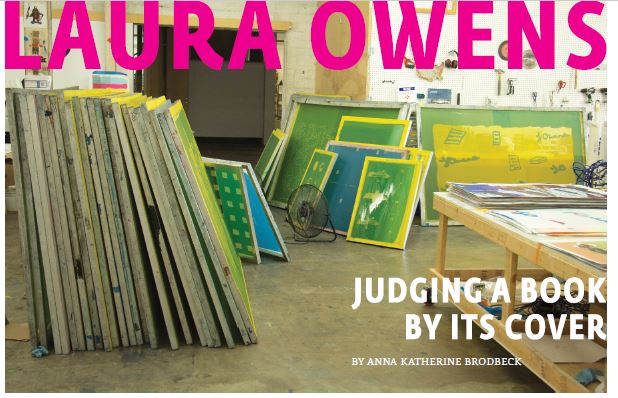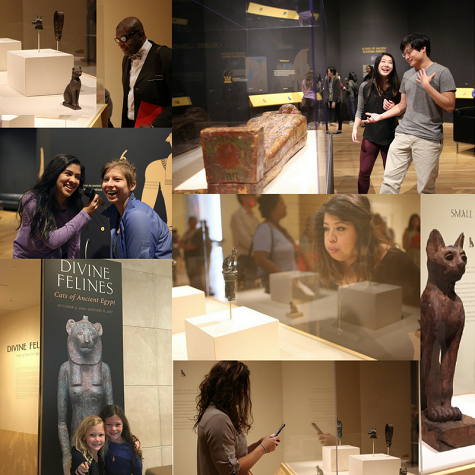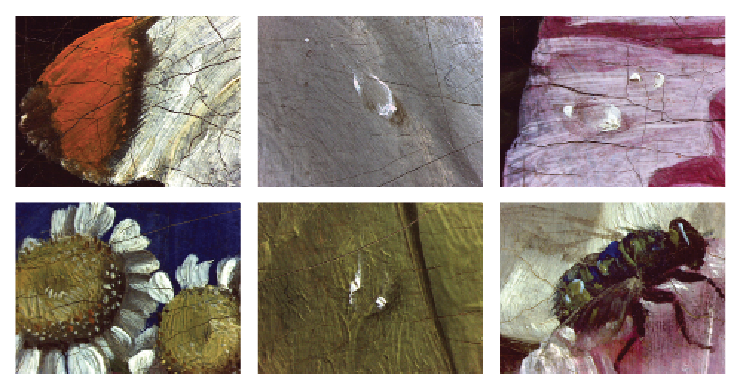In just over a week the DMA will host the acclaimed exhibition Laura Owens which is organized by the Whitney Museum of American Art in New York. The exhibition explores the career and whimsical world created by contemporary artist Laura Owens. Prior to the arrival of the exhibition, the DMA Member magazine Artifacts was able to talk with Amy Baumann, Owens’ Studio Manager, about the process of creating the unique and exceptionally beautiful exhibition catalogs:
This spring, visitors will encounter paintings on a monumental scale in the mid-career survey of American painter Laura Owens. Owens is also known for her work on a much more intimate scale, as a book artist. Her Los Angeles art space and studio even hosts Ooga Booga, an independent art bookseller. She shares this love of books through her gorgeously crafted catalogue, a deep dive into her life and career, containing memorabilia from her artistic formation and essays from experts in diverse cultural fields.
What is most surprising is that every catalogue contains a unique cover, screen printed by hand in the artist’s studio—a mammoth undertaking that involved a crew of five studio assistants working for over three months.
I talked with Amy Baumann, Owens’ Studio Manager, about the process of fabricating over 8,500 unique books, each one functioning as a work of art that visitors can take home with them.
Anna Katherine Brodbeck:
Can you speak about the genesis of this ambitious project?
Amy Baumann: Screen printing has been a big part of Laura’s work in the last five years. When she first approached us with the idea for the covers, we said, “Great! How do you want to do this?” This resulted in the book covers being created by the build-up of layers upon layers of images, much like her paintings.
AKB: What is the source material for the diverse imagery?
AB: Laura started by selecting patterns used in her paintings, such as a bitmap made from a scan of crumpled paper and vintage wallpaper overlays. She also chose some basic shapes that we printed as vectors, and more complex images that we printed using CMYK process. We made a chart listing the various elements to make sure we maxed out the possible combinations. They had to be random and not repeat. We came up with a system to put all the covers in production simultaneously, organizing them in piles at various stages of production. Laura wanted the print crew to choose the layers and how they were used in order to promote more randomness, but she would change the way the layers were used during the process, sometimes requesting a different scale or image, or shifting the color palette.
Anna Katherine Brodbeck is The Nancy and Tim Hanley Assistant Curator of Contemporary Art at the DMA.


